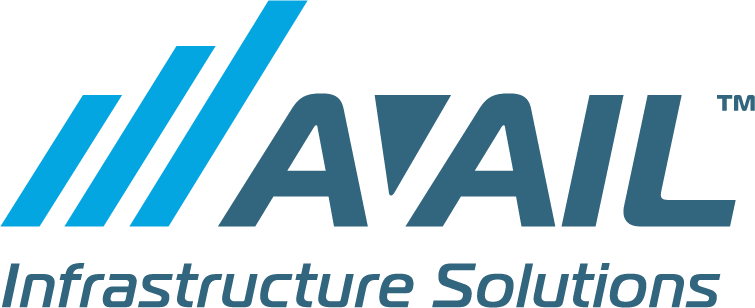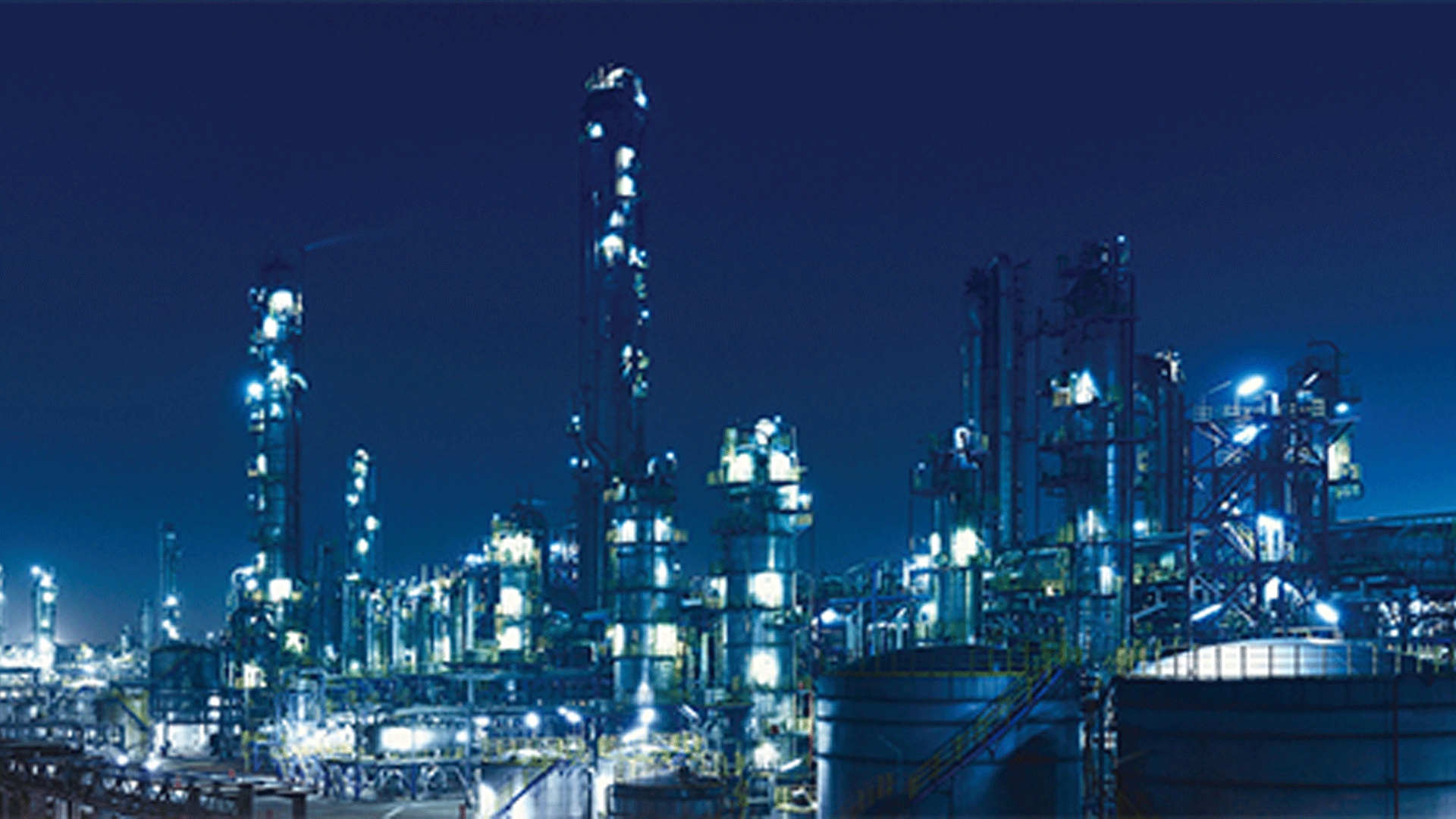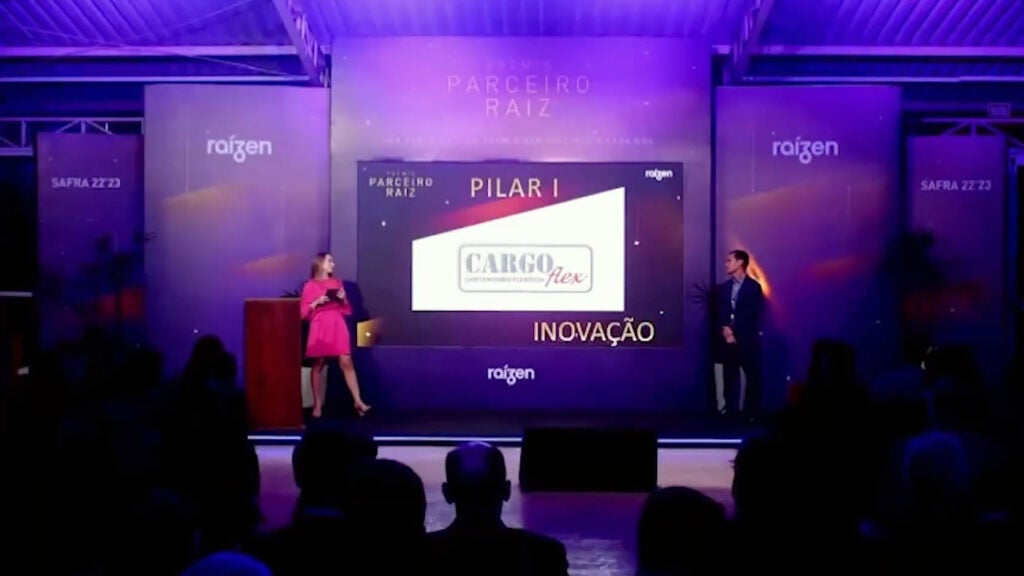Hydrotreating technology is one of the most commonly used refinery processes, designed to remove contaminants such as sulfur, nitrogen, or metals
The hyrdotreater, sometimes referred to as the hydrodesulphurization or hydroprocessing unit, serve the purpose of removing sulfur compounds from hydrocarbons. By doing so, this piece of equipment can reduce sulfur dioxide (SO2) emissions as well as prevent poisoning of metal catalysts.[1] Prior to ultra‐low‐sulfur diesel (USLD) mandate, hydrotreating using elevated temperatures and moderate pressures through hydrogen catalyst reaction was used for straight run diesel. The National Petroleum Council (NPC) suggested that in order to produce diesel at less than 30 ppm sulfur, new high-pressure hydrotreaters would be required, operating at pressures between 1,100 and 1,200 psig.[2] Since that mandate, refiners have effectively had to desulfurize nearly all diesel blending components and undertake significant improvements in design, catalysts and other modifications to operations to produce ULSD. The units contain copious amounts of hydrogen gas, H2S, H2SO3 and other gases that can lead to a variety of challenges from hydrogen induced cracking (HIC), hydrogen induced disbonding (HID), hydrogen embrittlement, sulfide stress cracking and stress corrosion cracking. In condensing areas, other challenges such as general corrosion, pitting and hydrogen blistering can occur depending on the severity of the acids in the water.
High Temperature and High Pressure Hydrogen Service
ASME’s Boiler and Pressure Vessel Code Section VIII provides requirements for pressure vessels over PSIG 15 known as Division I. The modern hydrotreating processes addressing USLD mandates typically fall under ASME Section VIII Division 2 and its more rigorous requirements that oversee materials, design, fabrication and NDE. The industry uses this to demonstrate the adequacy of a pressure vessel in these types of severe service. In conjunction with ASME Code Section VIII Division 2 guidelines, API 934A applies to vessels that are designed, fabricated and certified for heavy wall pressure vessels for high temperature, high pressure hydrogen service. The recommended practices of API 934A cover a wide range of alloy materials including 2-¼Cr and 3Cr but also varieties of vanadium modified steels. Due to the severity of service in these reactors and the ranging failure mechanisms, API 934A recommends strict guidelines for materials selection, welding procedure qualification, and inspection.
Qualification process for API 934A recommendations
While not all refineries invoke API 934A for repairs to heavy wall reactors and division 2 vessels, those who do are seeking to reduce the risks of temper embrittlement over longer service periods. Qualification under this recommended practice is stringent and rigorous beginning with testing of each individual heat of welding consumables to be utilized. In order to simulate temper embrittlement, testing during the weld procedure qualification call for precise pre-heat, post weld heat treatment and controlled step cooling of the weldment. This is followed by comprehensive tensile, impact, bend, and hardness testing of multiple samples. The controlled heat treatment and extensive destructive testing both before and after step cooling validates that the qualified welding procedure will be resistant to temper embrittlement during subsequent service.
WSI’s machine groove welding meets API934A recommendations
WSI’s internal weld engineering team successfully qualified the machine GTAW Hot-Pulse™ process exceeding the API 934A acceptance standards. Multiple welding processes were evaluated during the development of the repair procedures but only Hot-Pulse™ exceeded the rigorous testing requirements. For heavy wall reactor groove welding applications, WSI’s machine Hot-Pulse™ welding technology combines unparalleled deposition rates with superior weld puddle control. By utilizing a proprietary system of wire pre-heating, precise wire dabbing mechanics, and tightly controlled parameters the Hot-Pulse™ process eliminates porosity, improves weld grain refinement and is significantly less susceptible to fit up imperfections in field joints. This provides superior weld quality with increased production rates with reduced risk of failure.
WSI
Whether the reactor needs to be repaired emergently or during a planned turnaround, WSI has unparalleled innovative leadership in the refining, petrochemical, nuclear and power generation industries that exceeds API 934A standards. WSI has over 2000 ASME qualified procedures and over 1000 active welder certifications. Find out more about our engineered solutions and welding technologies at WSI.
[1] Zhu, F.(.X., Hoehn, R., Thakkar, V. and Yuh, E. (2016). Diesel Hydrotreating Process.
[2] National Petroleum Council, U.S. Petroleum Refining: Assuring the Adequacy of Cleaner Fuels
[3] Amiya Kumar Lahiri. Applied Metallurgy and Corrosion Control



